By Kevin M. Hymel
To naval aviators, any landing they could walk away from was a good landing. The escort aircraft carrier USS Charger trained men in good landings, but bad landings were also part of the education. As a training carrier in Maryland’s Chesapeake Bay, the Charger’s wooden deck served as the first landing strip for would-be aviators. Not all the landings were pretty: Tailhooks missed arresting wires, landing gear collapsed, propellers chopped the deck, and pilots overshot their landings, splashing their planes into the bay. Mishaps sometimes resulted in dead or injured pilots and deck crews.
Despite the dangerous mishaps, the Charger qualified both American and British aviators who went on to fly escort duty for Atlantic convoys. The aviators fortunate enough to walk away from their Charger landings helped win the war against Germany.
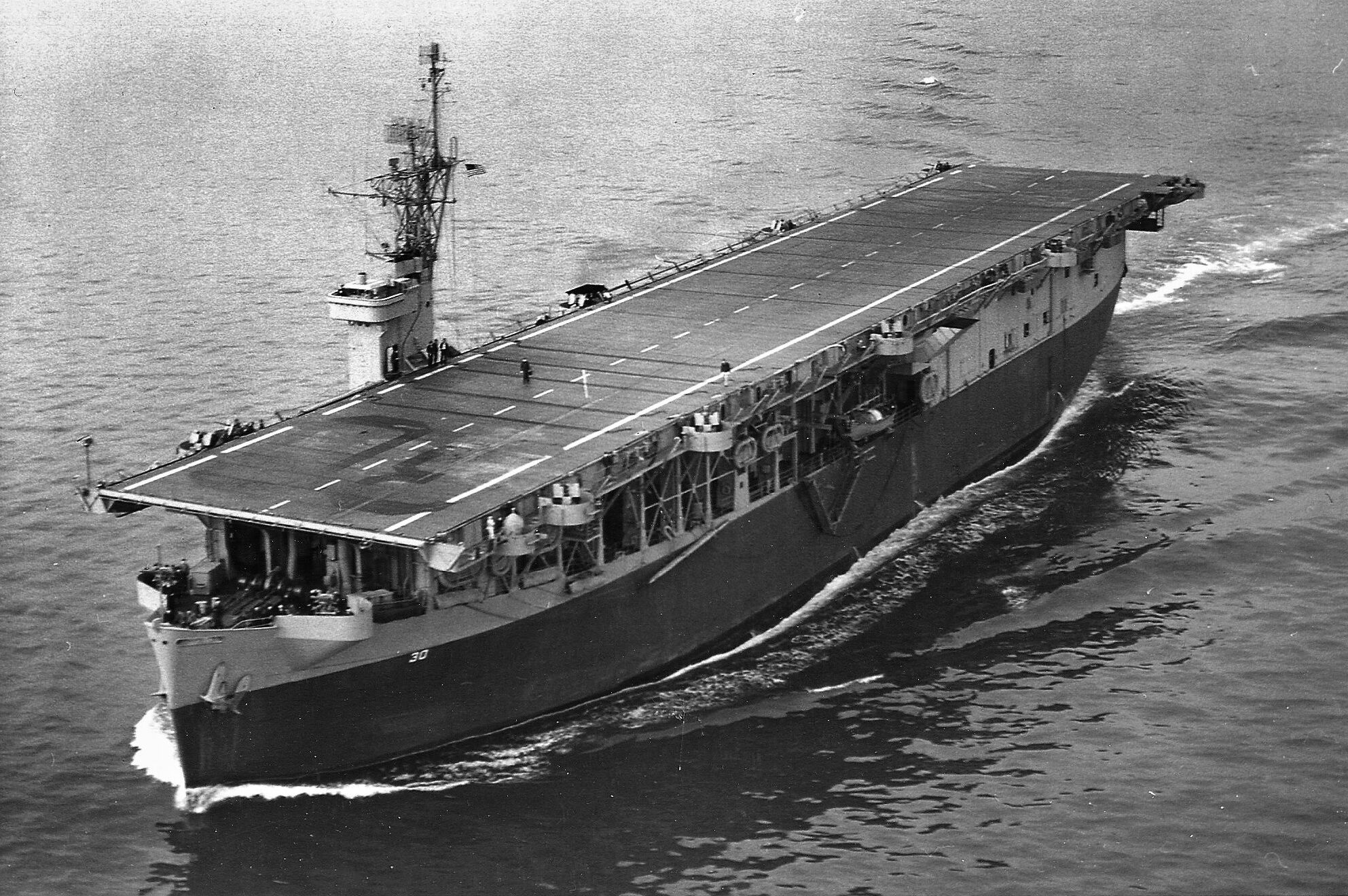
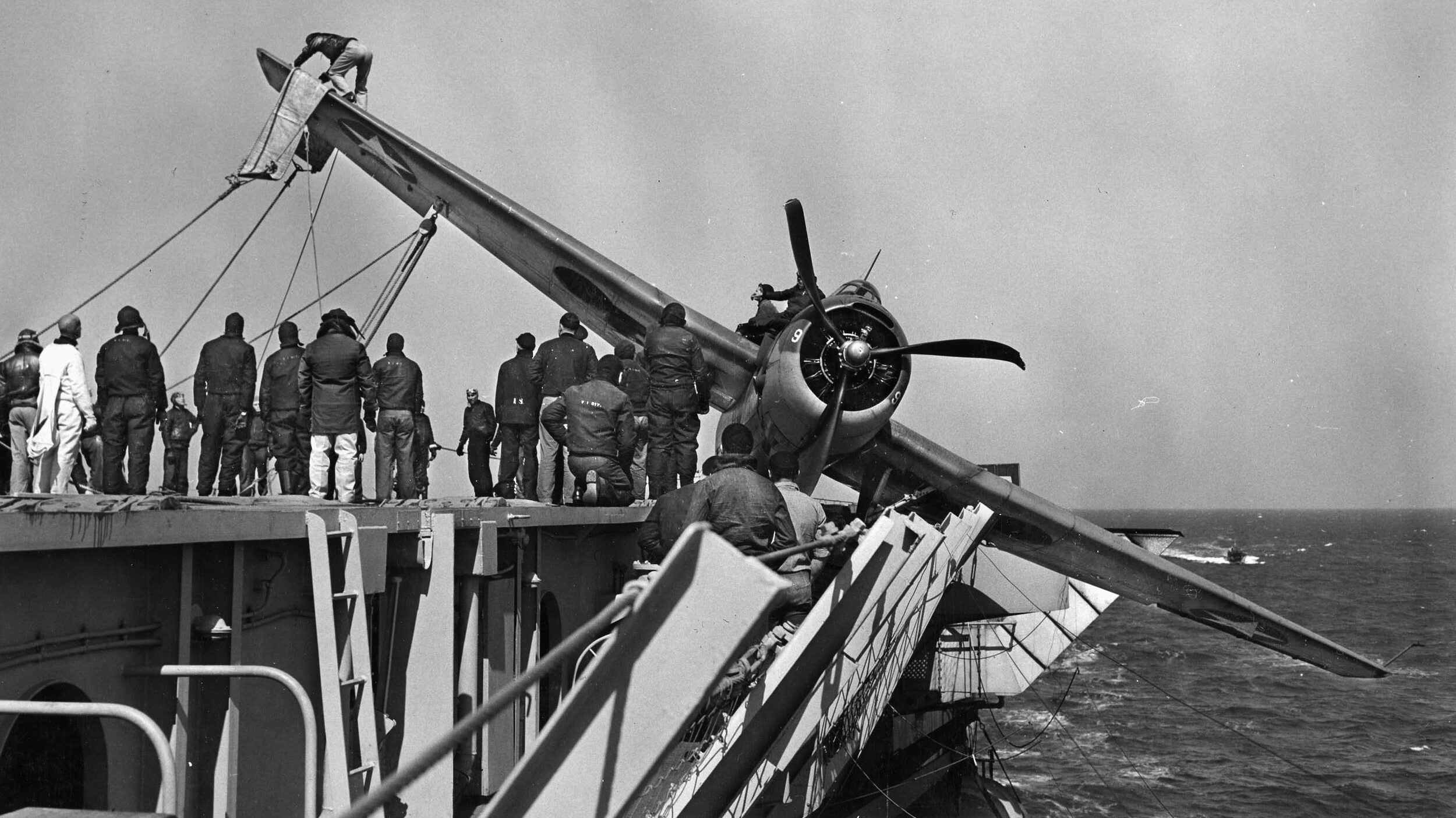
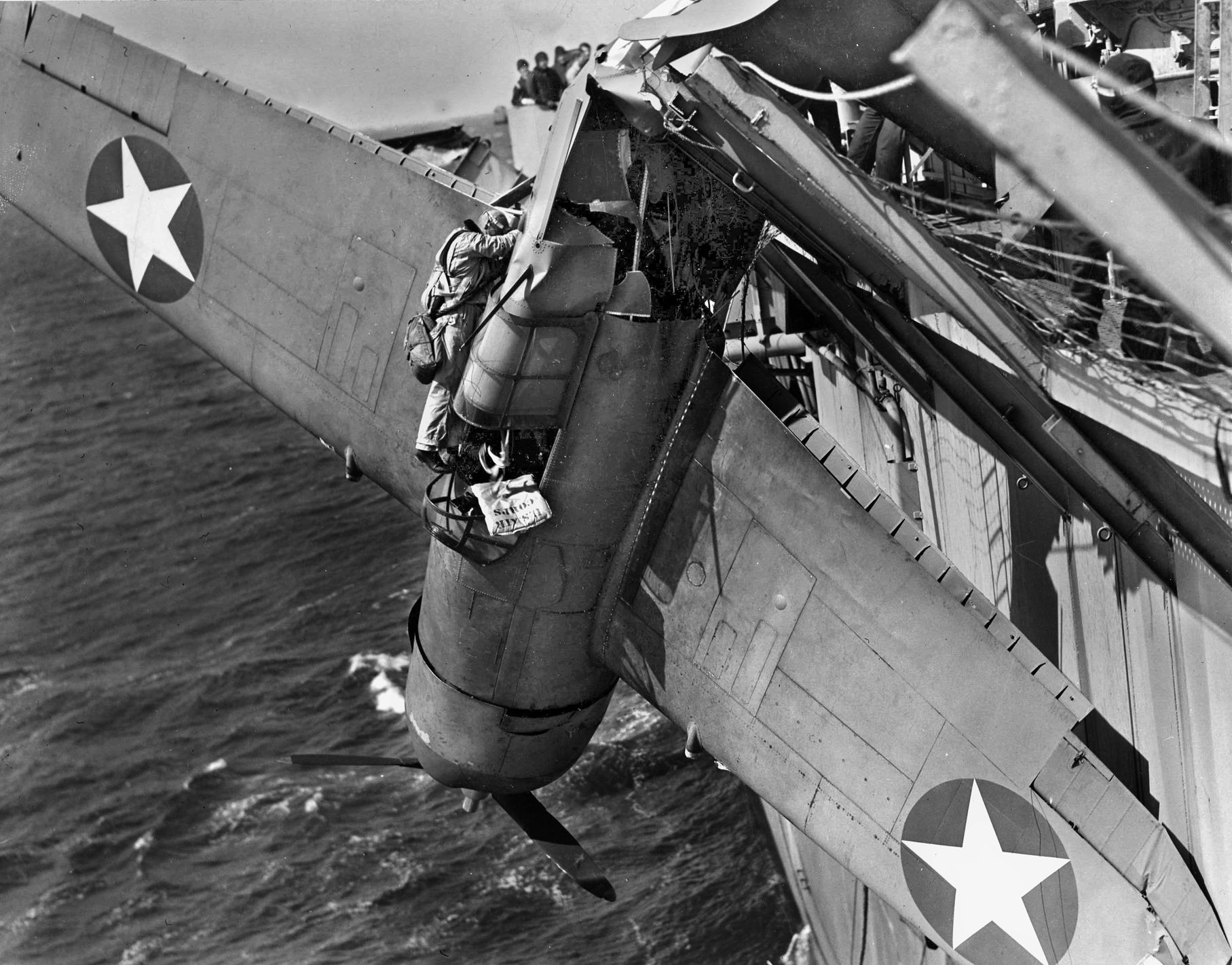
him from falling into
the icy brine of the North Atlantic.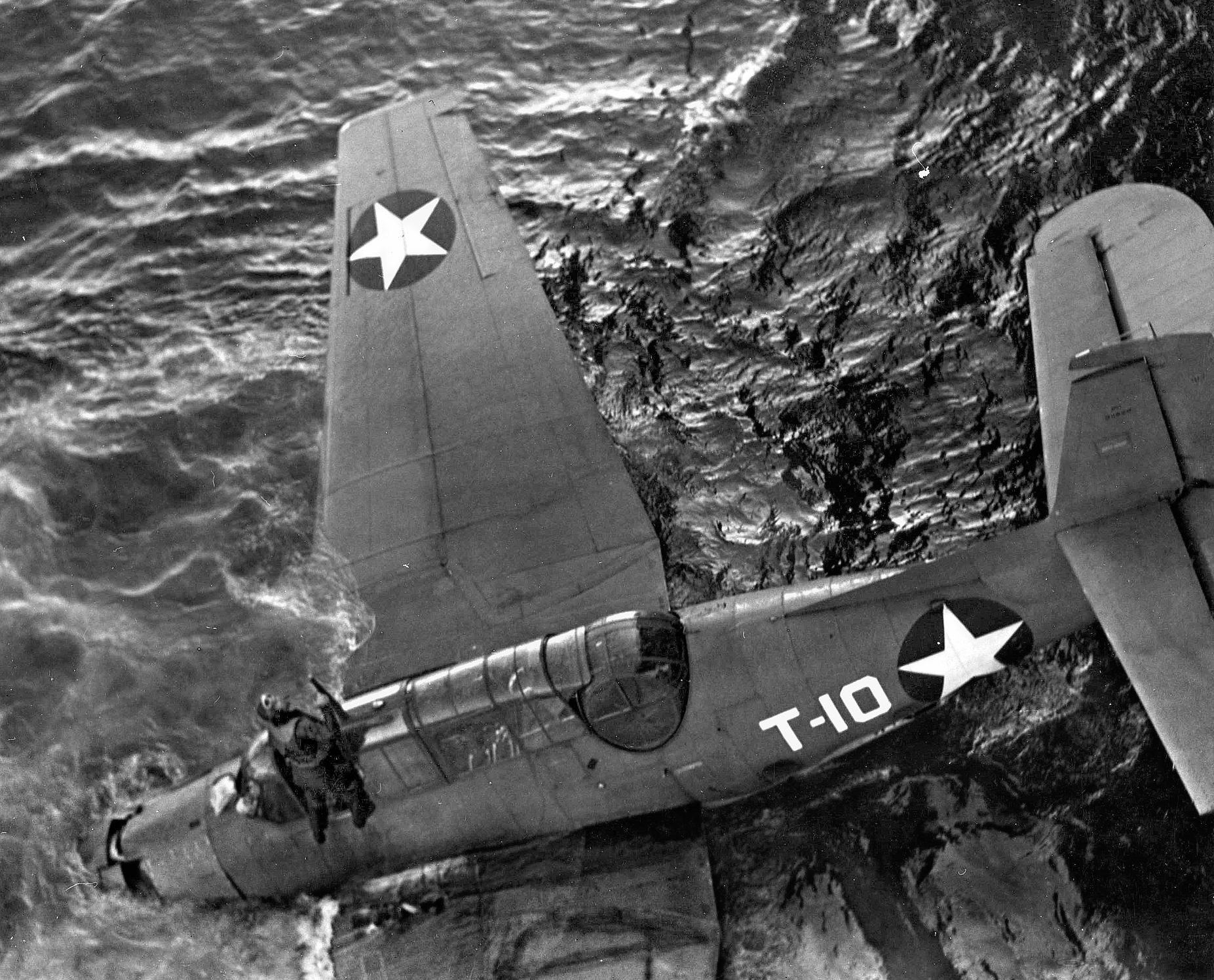
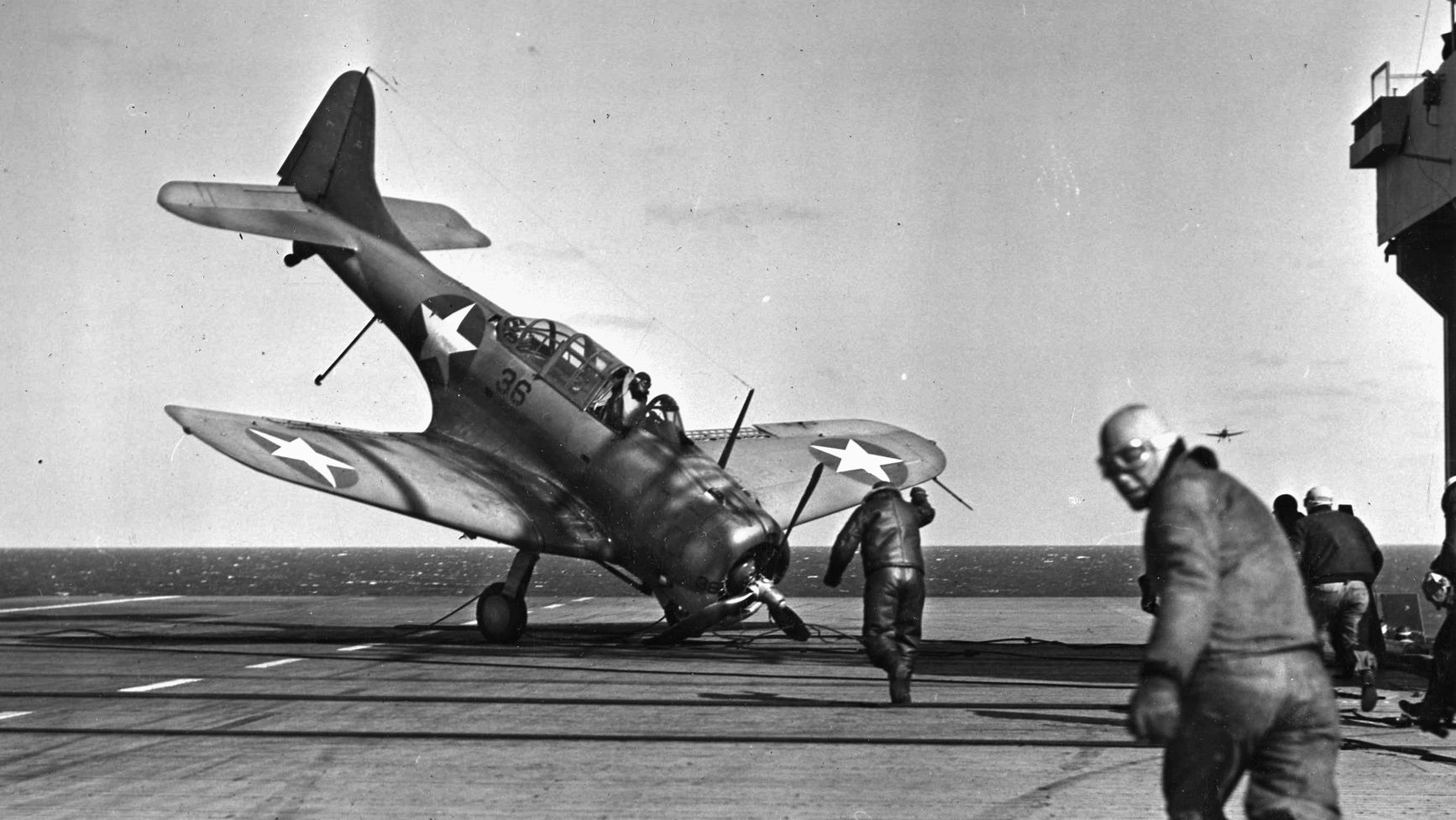
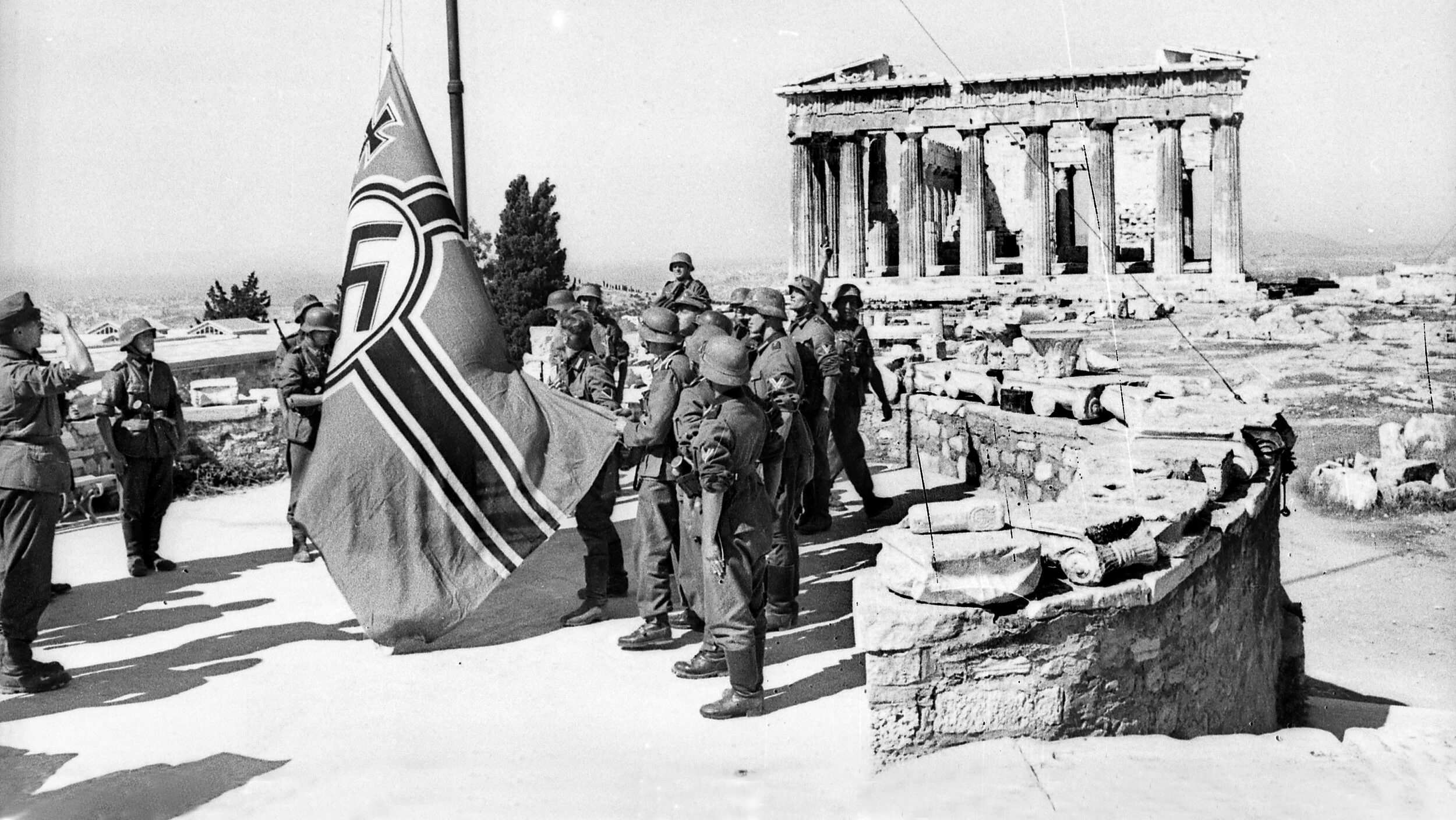
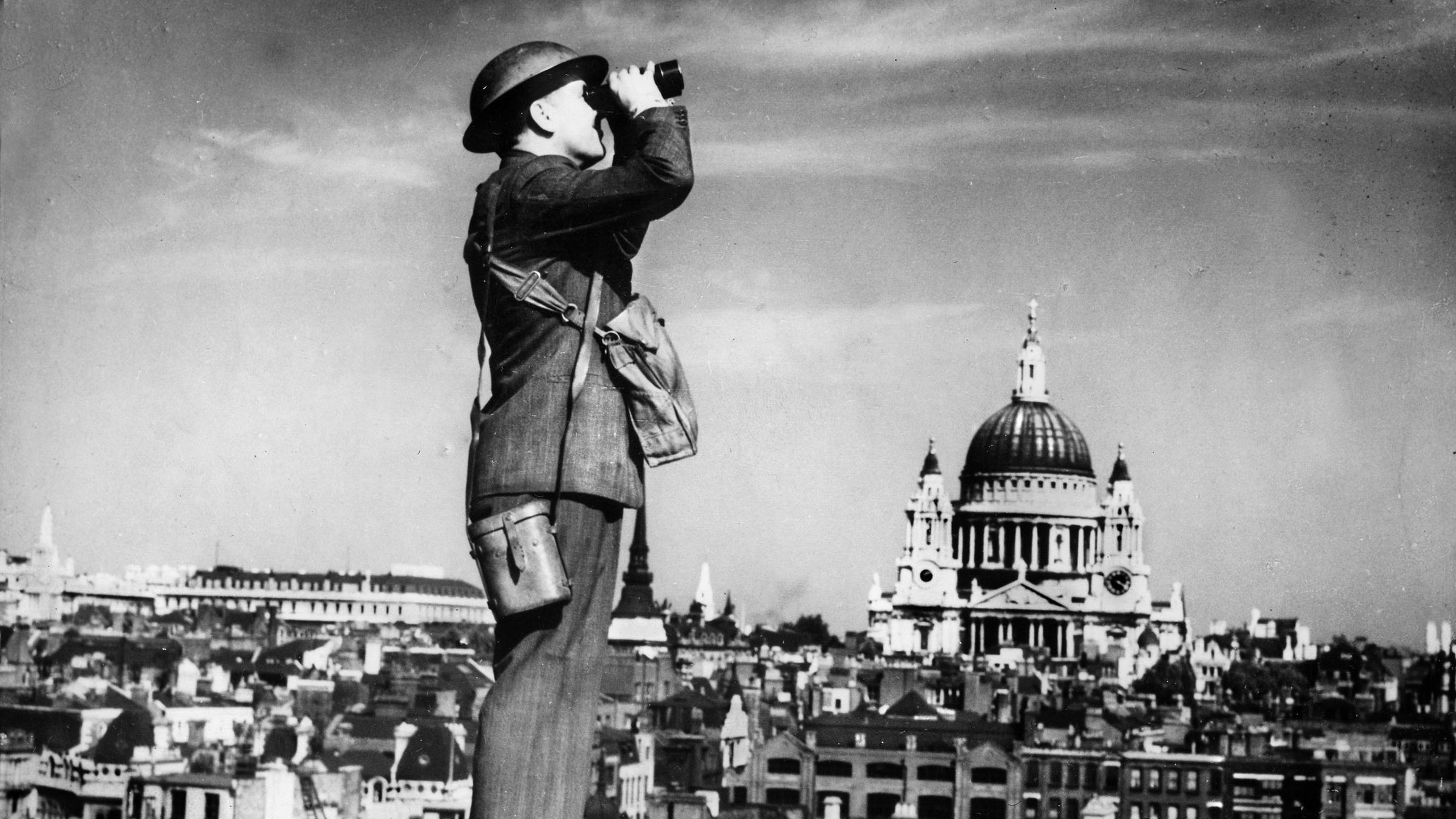
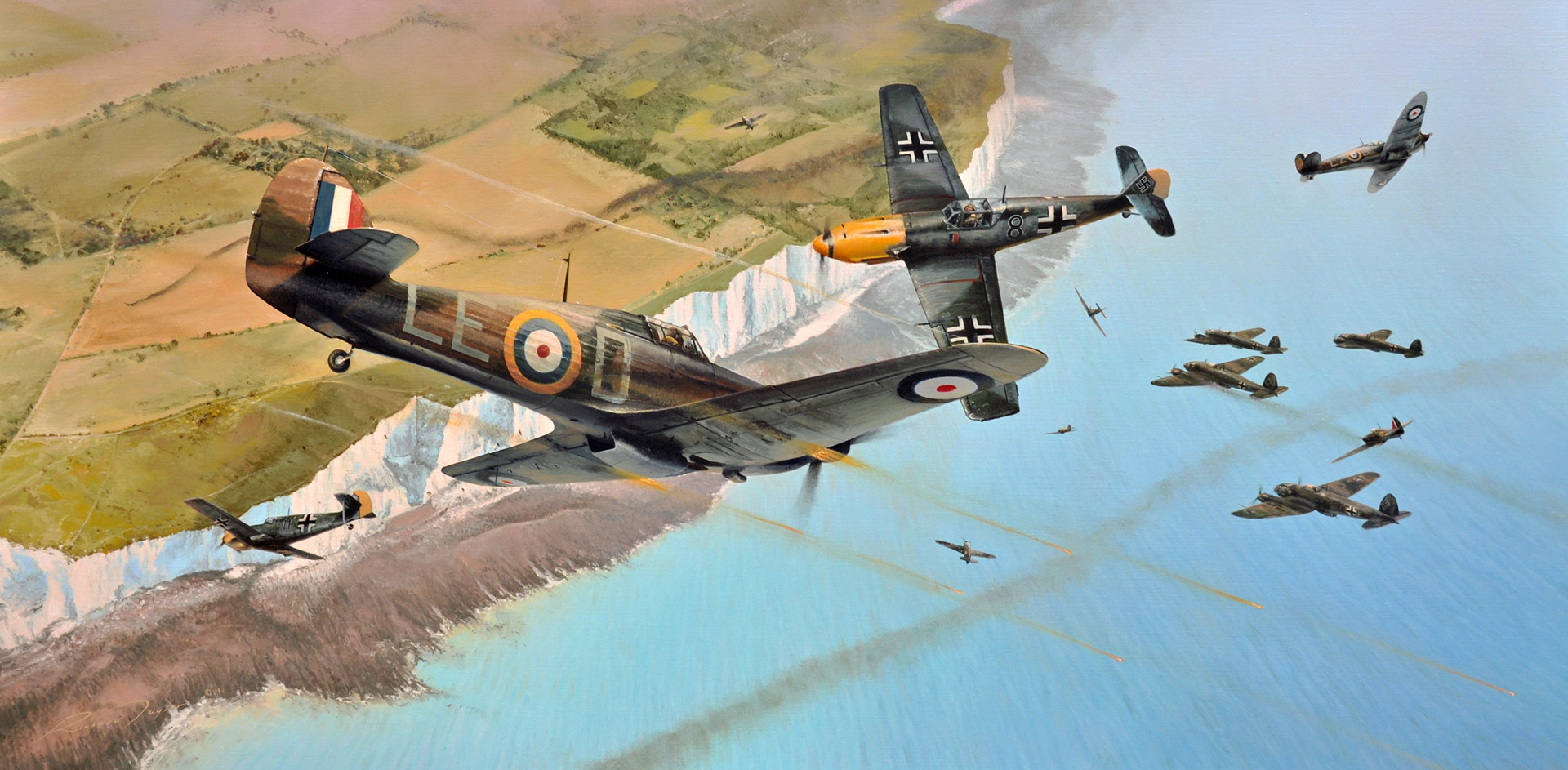
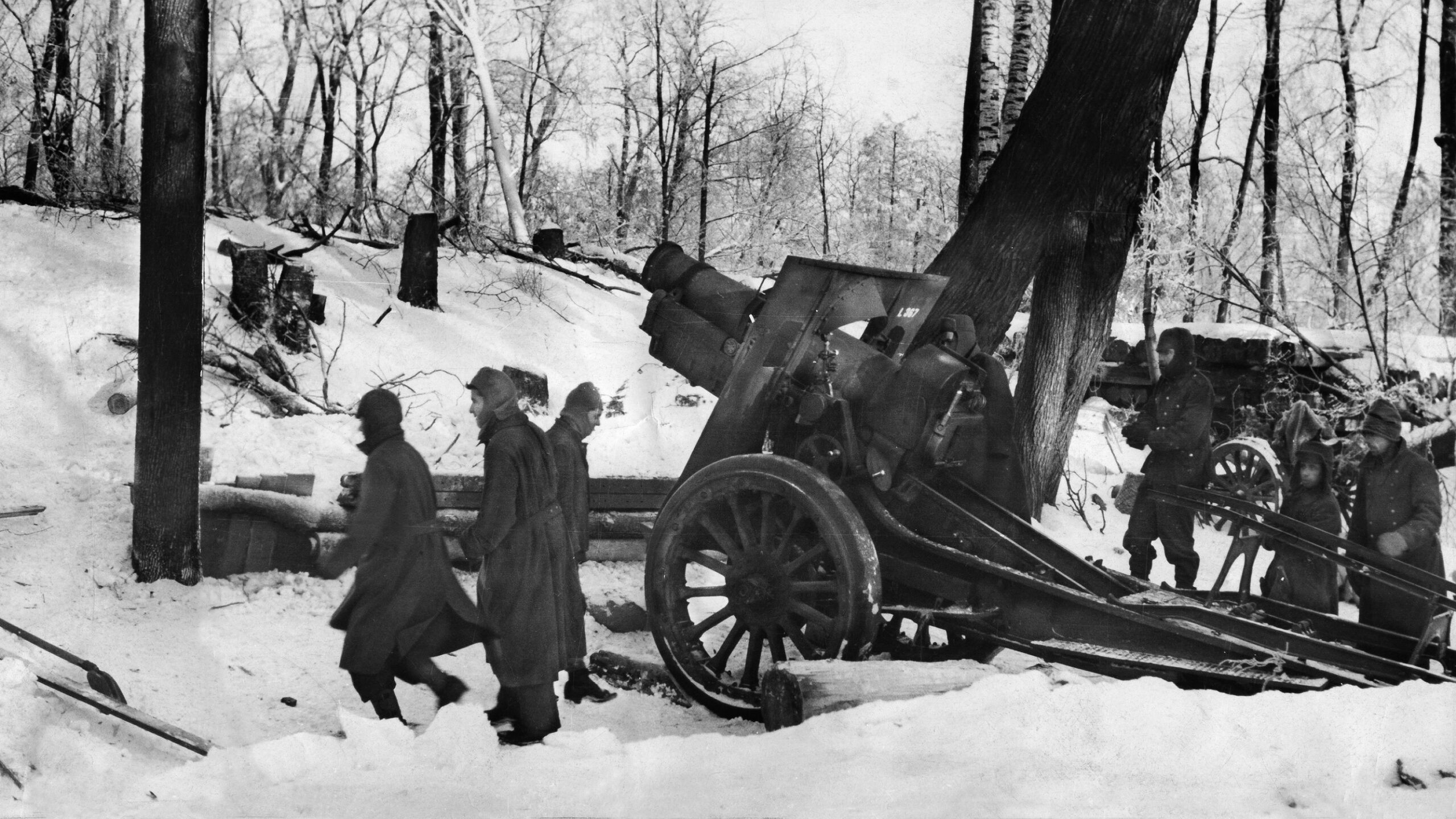
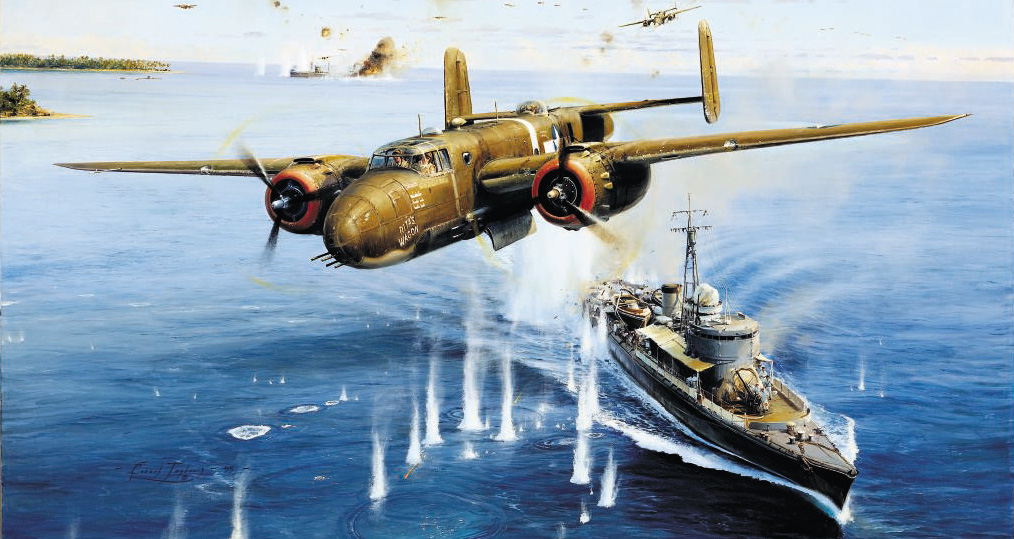
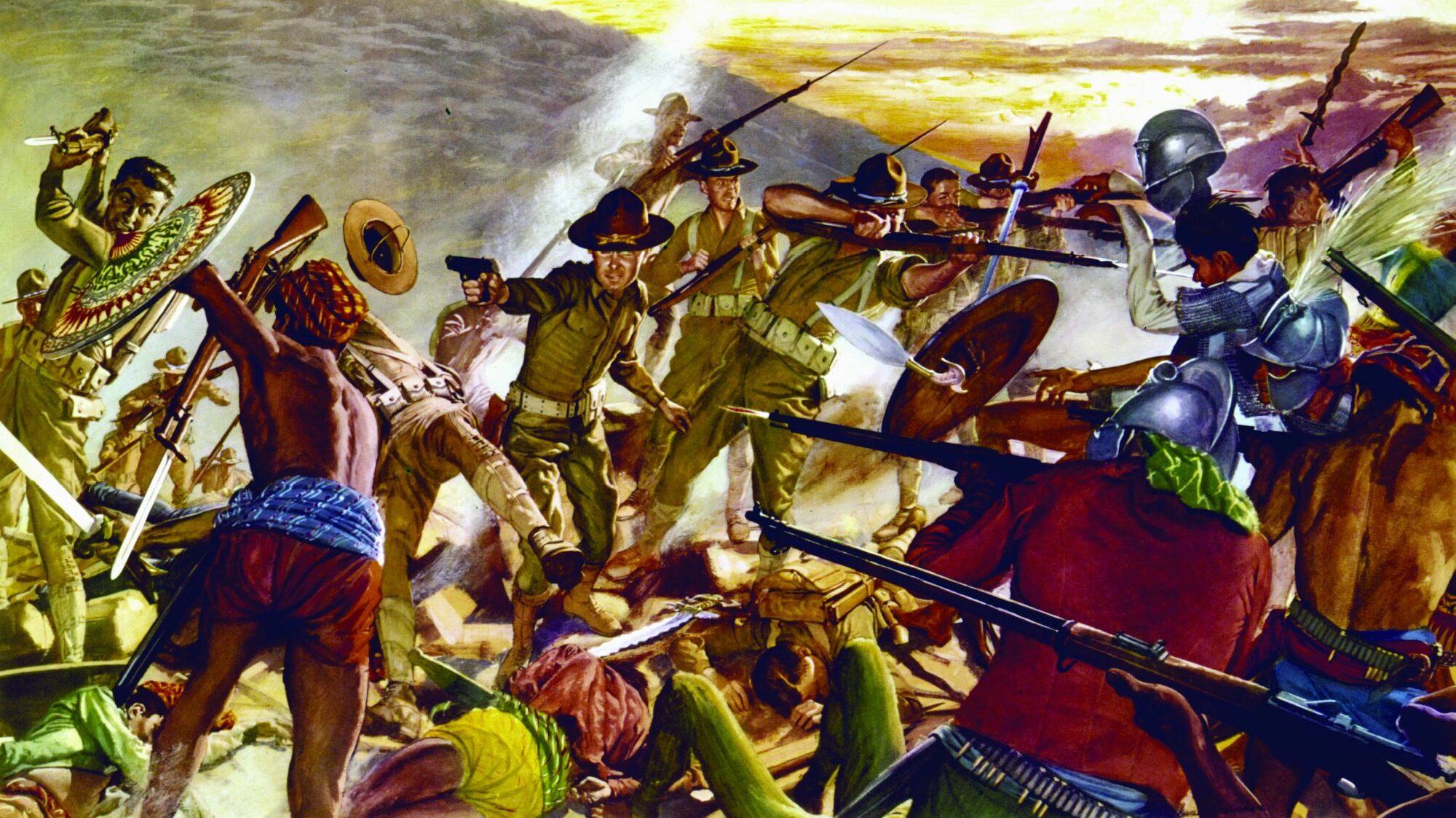

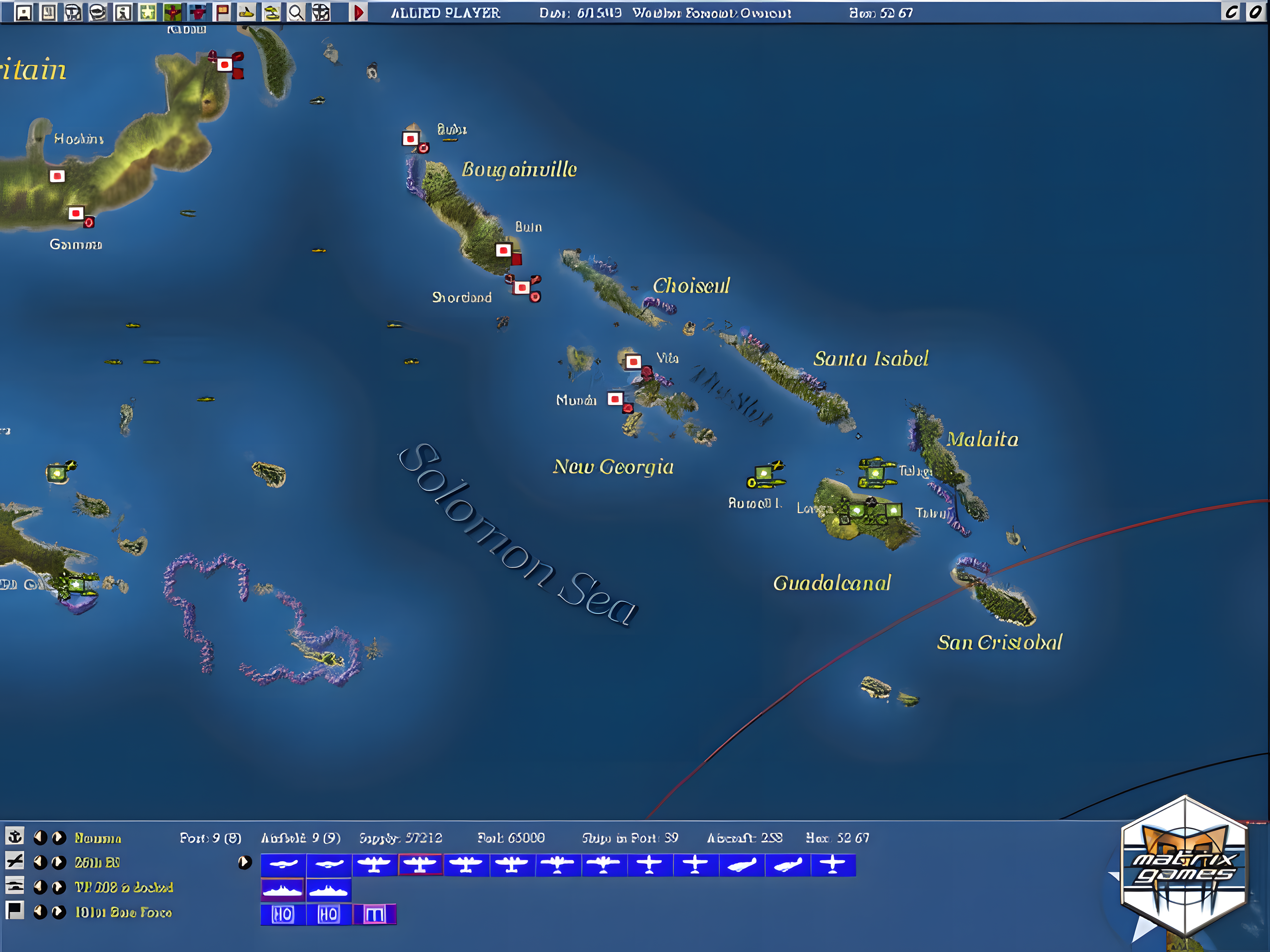
I can’t even imagine the courage it took even to attempt to land an airplane on that tiny deck, let alone to do so in bad weather.
It’s almost like trying to land an airplane on somebody’s driveway.
I agree with you Scott! I had a dear friend who flew the SB2C. He said he nearly blacked out a few times while flying certain maneuvers but luckily never cracked up his aircraft. He, along with many other pilots and sailors, were glad President Truman made the decision to use the atom bombs.